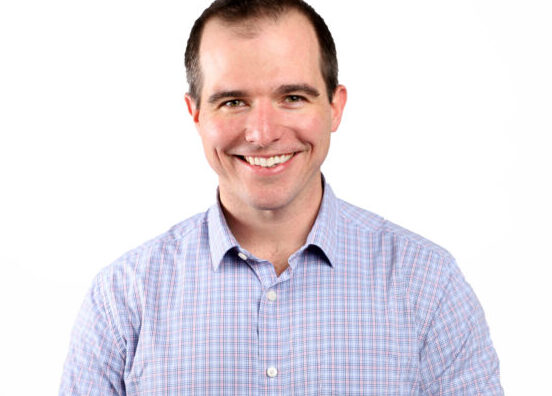In speaking with potential clients, I often get a question like the title of this blog. Questions abound, in fact, including: “Are there steps I should take to change?” or “What should I do to succeed as a leader?”
As a coach who deals with unique individuals (and, of course, we’re all unique), my responses are filled not with answers, but with curiosity and interest in the personal and professional journey of the other person.
There have been thousands of books written on leadership. Every succeeding year brings even more. While each has value and can offer perspective, books alone cannot provide the unique approach that a unique individual needs to support their life’s journey. This is where individual one-on-one coaching enters the picture. Though I have not authored a “how-to” book of leadership, I can provide tools and approaches that will help individuals become aware of their own areas that are well-developed, as well as those that are developing or less developed.
Here’s the thing. A coach can provide a “safe container” in a confidential setting, inviting a client to celebrate their skills and strengths. I help clients look at what they do well or what they do often to help them realize that the capabilities they use are a part of who they are and have, no doubt, helped them succeed. I also explore with a client the times they may have overused their strengths. This can be illuminating when they realize that there may indeed have been a cost to leaning on one or two attributes most of the time.
It is powerful when my clients devote time to appreciate how areas that are well-developed have supported them and when they recognize that the use of what we call “developing” attributes or capabilities are also a very real part of who they are.
Carl Rogers once wrote, “The curious paradox is that when I accept myself just as I am, then I can change.” A curious paradox indeed. It begs exploration.
By knowing when well-developed areas are effective and when they aren’t helps build awareness in a client – and from there each individual can do something powerful: Make a choice and do something different – effectively to “expand their range” of possible approaches and actions.
Each client is different. Each client is unique. Each approach with them varies.
And yet each needs that safe place to talk and explore their personal and professional growth.
I have been a certified ICF executive coach for nearly ten years, after a three-decade career in corporate leadership positions. Working with high performers at all levels in management has shown me that everyone enters the world each day doing the best they can. Helping them build awareness about what they can add to those capabilities – to expand their own range– that is where the power in coaching lies.
What is the formula for success? Perhaps it’s about the tools of curiosity, listening, inquiry, and the power in pause that help each unique human discover where they are strong, where they want to grow, and then exploring how to do that.
It’s less about being formulaic and more about a roadmap, exploration, and what we find along the way.
Indeed, perhaps that is the formula for success.










